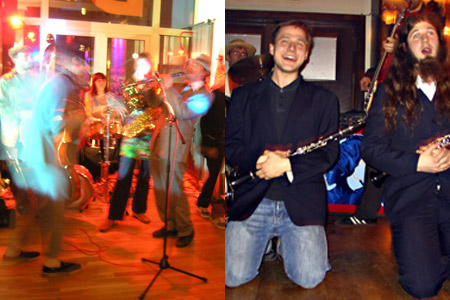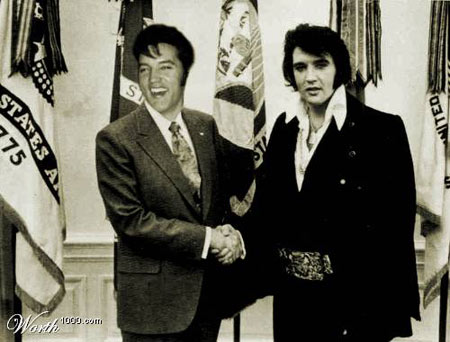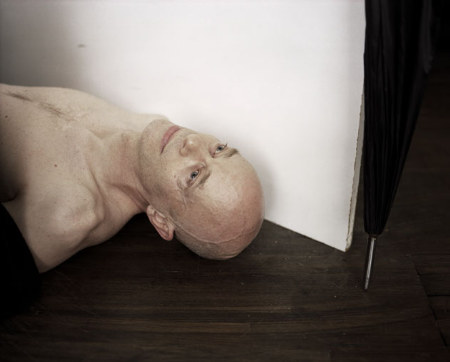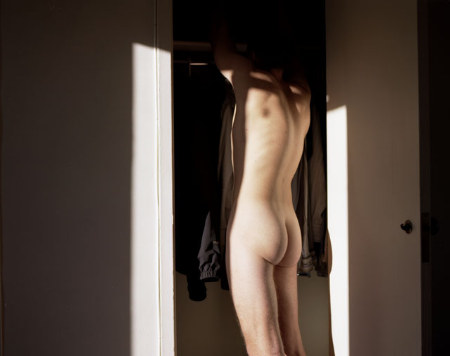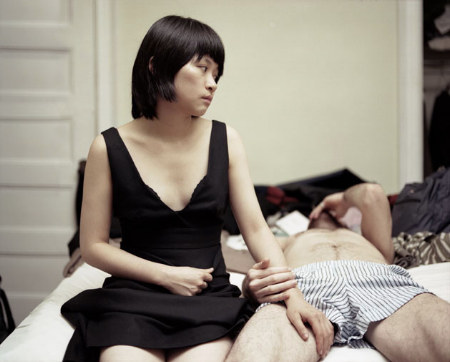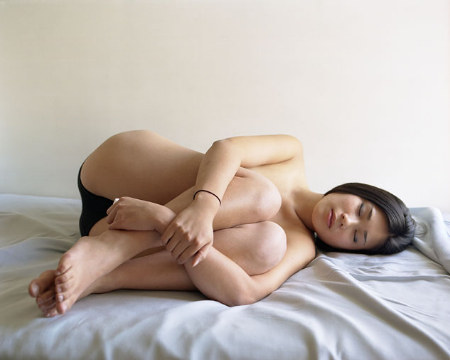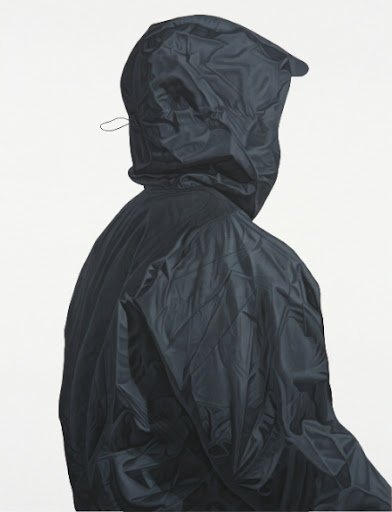Lutz & Guggisberg
Population. 2007
About 200 charred woodbirds
The Sharjah Biennial strives to encourage collaboration between artists, art institutions and organisations locally, regionally and internationally, and to promote cross cultural exchange. This year, the Biennial will once again, offer the entire city of Sharjah to artists for the creation of new site-specific work. This year’s theme is by far not a novel one, but en vogue again. The organizers propose to view "art as a way of creating a better understanding about our relationship with nature and the environment, whilst considering its social, political and cultural dimensions in an interdisciplinary way." The 8th Sharjah Biennial aims to be both a "celebration of the natural world and a response to the countless alarms being set off as a result of human thoughtlessness." Simultaneously, one is aware of the fact that one is part of the problem – as a participant of the consumer society and of the global art jet-setting community, as well as by conducting the Biennial in a country with an enormous energy consumption.
Rirkrit Tiravanija
Less Oil More Courage. 2007
Based on a painting of 2003
Tiravanijas adopts late painter Peter Cain's sketch-book entry "More courage less oil" in his work. Whereas Cain probably referred to his own production as an artist, the restructured sentence and the Gulfstate context evoke special associations. The piece was shown on the stairway of the Sharjah Art Museum and in light boxes along the streets of the city.
Raeda Saadeh
Vacuum. 2007
Video
In the video, one can see a woman with a vacuum cleaner in the mountains.
Jesús "Bubu" Negrón
Installation. 2007
Carpet made out of cigarette stubs
Souq Al-Arsa, Heritage Area
In a photographic documentation the artist shows the street cleaners, who have collected the cigarette stubs, other helpers and the fabrication of the object.
Marjolijn Dijkmane
Wondering about the future. 2007
Chroma key intervention, 7 x 5 x 5 m
Heritage Area
more at Universes in Universe and at the official webpage
© Photos: Haupt & Binder







